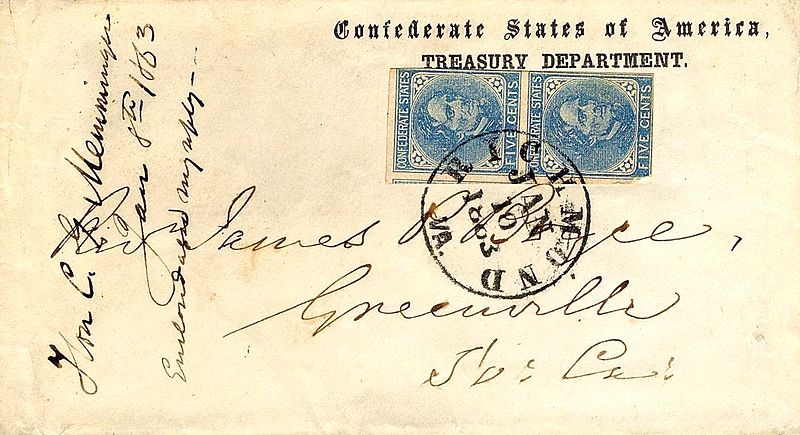Explaining Package Delivery: The Etymology of Mail
 A package delivery is often referred to as mail, a word that, in its current form, dates back to the 17th century, with the word first appearing in 1654 to mean a bag full of letters. Over time, as language evolved, mail began to refer to the letters or the package itself, and a new term, mailbag, was created to describe the bag holding the packages. Starting in the 19th century, British English began to differentiate between mail and post. Mail referred specifically to packages that were delivered overseas whereas post was used to denote items sent locally. In the United States, however, mail was and still is a catch-all term that can refer to letters sent overseas or via local trucking.
A package delivery is often referred to as mail, a word that, in its current form, dates back to the 17th century, with the word first appearing in 1654 to mean a bag full of letters. Over time, as language evolved, mail began to refer to the letters or the package itself, and a new term, mailbag, was created to describe the bag holding the packages. Starting in the 19th century, British English began to differentiate between mail and post. Mail referred specifically to packages that were delivered overseas whereas post was used to denote items sent locally. In the United States, however, mail was and still is a catch-all term that can refer to letters sent overseas or via local trucking.
Before the modern spelling of mail was introduced, the word was spelled male, though it had nothing to do with gender. The spelling of male as referring to a package delivery or postal service can be found in both Medieval English and Old French, with both words having been derived from other languages that utilize similar words, including the Proto-Germanic malhō and the Proto-Indo-European molko.
In modern times, the French language utilizes the word malle to mean a large trunk or box, the UK uses post to refer to things sent via Royal Mail, and the United States uses the word mail to describe letters of all sorts from those sent via courier message service to those sent overseas by boat or plane.
